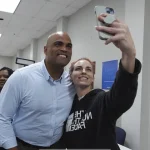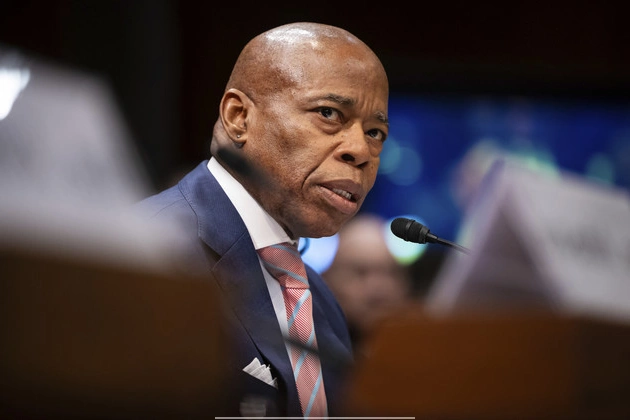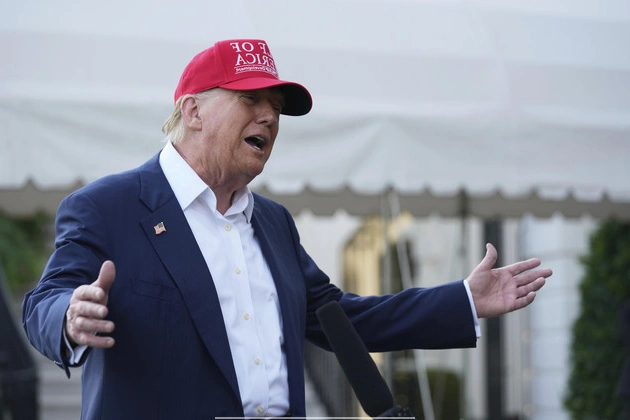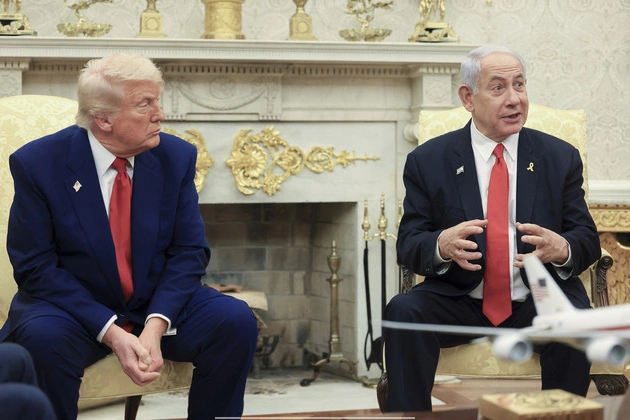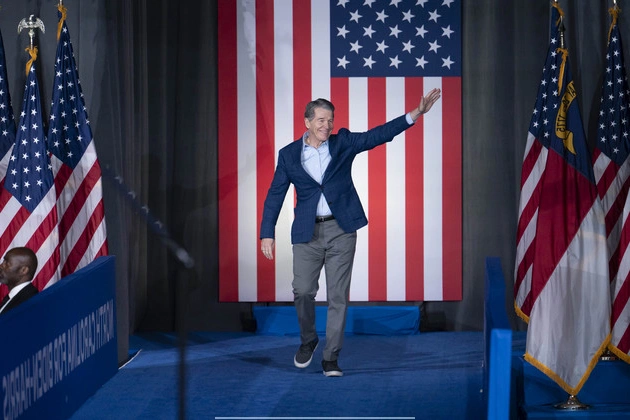
Cuomo Leads in Unentered Mayoral Field, Poll Reveals High Negatives
Former Gov. Andrew Cuomo emerges as the frontrunner in a Democratic mayoral field he has yet to enter, according to a recent third-party poll. Despite leading the pack with 32% support among likely Democratic voters in a ranked-choice election, Cuomo’s candidacy is shadowed by significant negatives compared to other contenders.
High Negatives and Name Recognition
While Cuomo’s name recognition places him at the forefront of the race, the poll indicates a polarizing sentiment among voters. His lead is followed by former city Comptroller Scott Stringer at 10%, and Brad Lander at 8%. State Sen. Jessica Ramos and Mayor Eric Adams tie at 6% in this hypothetical scenario.
The survey, conducted between Dec. 16 and Dec. 22, reflects early dynamics in the race. Most candidates are awaiting public funding and have not initiated TV campaigns, shaping a landscape where Cuomo’s potential entry looms large.
Potential Implications of Cuomo’s Candidacy
In a ranked-choice simulation, Cuomo maintains a lead throughout multiple rounds, exceeding the victory threshold by the fifth round. The scenario underscores the formidable challenge he poses to other candidates, particularly Adams, the city’s current mayor.
Adams, who won the 2021 mayoral election through ranked-choice voting, faces stagnant support in the hypothetical survey rounds, ultimately being eliminated by the fourth round. Notably, the poll highlights Adams’ struggles with the ranked-choice system, an issue he has raised regarding racial disparities.
Survey Methodology and Response Dynamics
Commissioned by Progressives for Democracy in America, the poll surveyed 800 likely Democratic voters. The group’s aim to assess competitive candidates vis-a-vis Cuomo’s formidable name recognition underscores the strategic significance of his potential candidacy.
The findings reveal starkly contrasting perceptions of Cuomo and Adams among respondents. While Cuomo garners a split 48-44 positive versus negative response, Adams faces a significant 71% negative rating, compared to a 22% positive one.
Challenges and Political Strategies
For Adams, the negative sentiment presents a hurdle that opponents can leverage to shape public opinion. However, Cuomo’s vulnerabilities stemming from past controversies, including allegations of sexual harassment and criticism of his handling of nursing home policies during COVID-19, offer rival candidates avenues for attack.
Stringer and Lander have already signaled their intent to challenge Cuomo if he enters the race, highlighting his vulnerabilities and contrasting leadership style. Adams, on the other hand, emphasizes his track record in reducing crime and steering the city through challenging times, positioning himself as a resilient leader with a compelling narrative.
Conclusion: Future Scenarios and Political Dynamics
As the mayoral race unfolds, the dynamics between Cuomo, Adams, and other contenders will shape the narrative of New York City politics. The potential entry of Cuomo, a figure with a complex political legacy, adds intrigue and uncertainty to an already competitive field.
While Cuomo’s lead in the polls underscores his initial advantage, the race’s fluid nature and the evolving responses of voters underscore the unpredictable nature of competitive elections. Stakeholders across the political spectrum are closely monitoring developments, anticipating how the race will unfold leading up to the primary.
For more insights and updates on the New York City mayoral race, stay tuned for our in-depth coverage and analysis.




